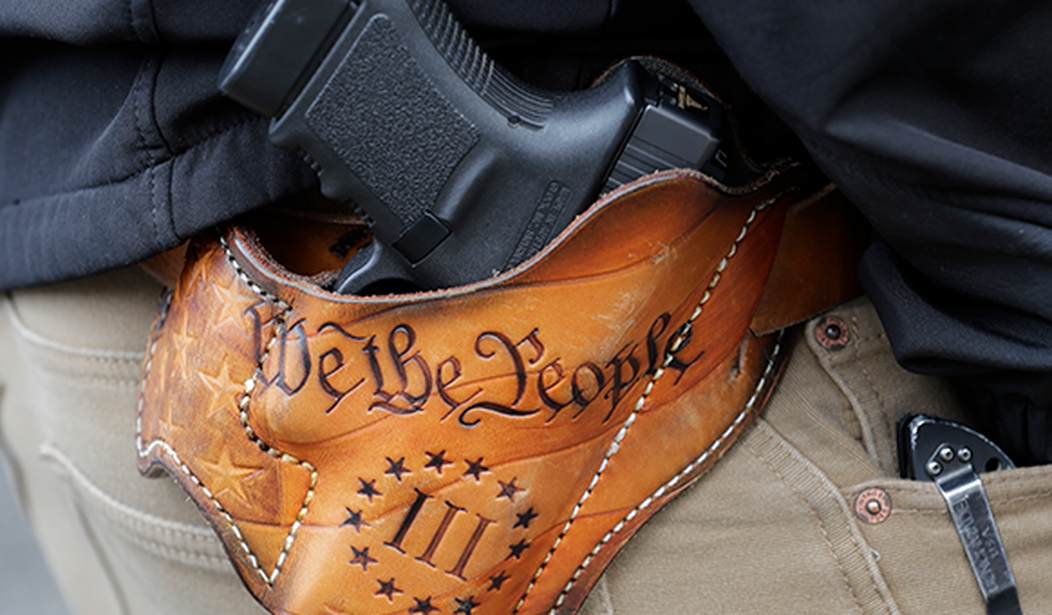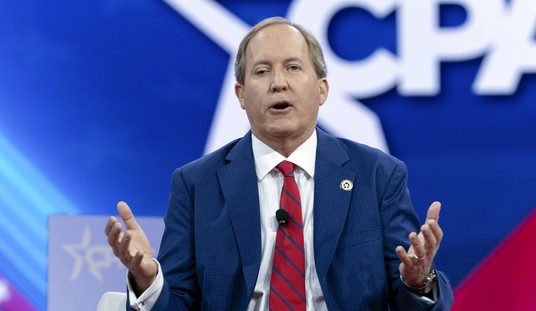One thing we have traditionally relied on when analyzing trends in violent crime is the FBI’s annual reports covering a variety of crime statistics. But what if those statistics are wildly inaccurate? In at least one category, that appears to have been the case in recent years. A new report from John Lott’s Crime Prevention Research Center demonstrates that the FBI records very few active shooting incidents where armed citizens have stepped up to put an end to the killing. But according to these statistics, it happens far more often than the Bureau’s records claim. How far off was the FBI? During the seven-year period from 2014 through 2021, the agency reported that only 4.4% of active shooting events were ended by armed citizens, but Lott’s figures indicate that the number was actually more than 34%. That’s a very large discrepancy to account for. (Fox News)
A new report from the Crime Prevention Research Center (CPRC) argues that the FBI’s data contains “massive errors” when tracking active shooting incidents, undercounting how often armed citizens have thwarted active-shooting situations over the last eight years.
“Although collecting such data is fraught with challenges, some see a pattern of distortion in the FBI numbers because the errors almost exclusively go one way, minimizing the life-saving actions of armed citizens,” the report, which was provided to Fox News Digital this week by Crime Prevention Research Center founder and president John Lott, states.
Data released by the nonprofit shows that 34.4% of active shootings were thwarted by armed citizens between 2014 and 2021. However, FBI data show only 4.4% of active shootings were thwarted by armed citizens during that time period.
One part of the discrepancy might be accounted for by the various definitions of “active shooting” that are used. The FBI defines an active shooter event as an incident where “one or more individuals are actively engaged in killing or attempting to kill people in a populated area.” That sounds fairly basic at first glance, but it’s left to the description of the agent who analyzes the incident as to what qualifies as a “populated area.” An even more glaring omission is seen in the fact that the FBI does not include “crimes related to criminal activities such as robberies or gang wars.”
Particularly in the current era, if you leave all gang shootings out of the tally, you’re missing a lot of shooting events. Also, if a robbery goes off the rails and multiple people wind up being shot, why would that not qualify as an active shooter event? It’s not as if the victims wind up being any less injured or dead. Still, those omissions can’t come close to accounting for all of the differences in the reported figures.
So how did the FBI manage to arrive at such minimized figures? Gary Mauser of Simon Fraser University in Canada is quoted in the report as saying “whether deliberately through bias or just incompetence, the FBI database of active shooters cannot be trusted.” I’ll confess that I’m far more open to the possibility of bias in the FBI’s leadership these days than I used to be, but what motive would they have to deliberately skew the data? I suppose they might want to project an image of greater public safety to make the government appear more competent, but there shouldn’t be much of a political angle to that. The figures in question cover multiple presidential administrations of both parties.
Two variables accounting for inaccurate reports mentioned in the analysis are “misclassified shootings and overlooked incidents.” Sometimes the police will simply fail to include the involvement of an armed citizen in their report for reasons we can’t know. In other cases, the armed citizen is mistakenly identified as an armed “security officer.”
In any event, the entire concept of the “good guy with a gun” (or gal) is regularly decried by Second Amendment opponents as being fictitious. Many of them attempt to claim that an armed person without formal law enforcement training is more likely to make the situation worse than better. This report seriously calls such claims into question.







Join the conversation as a VIP Member